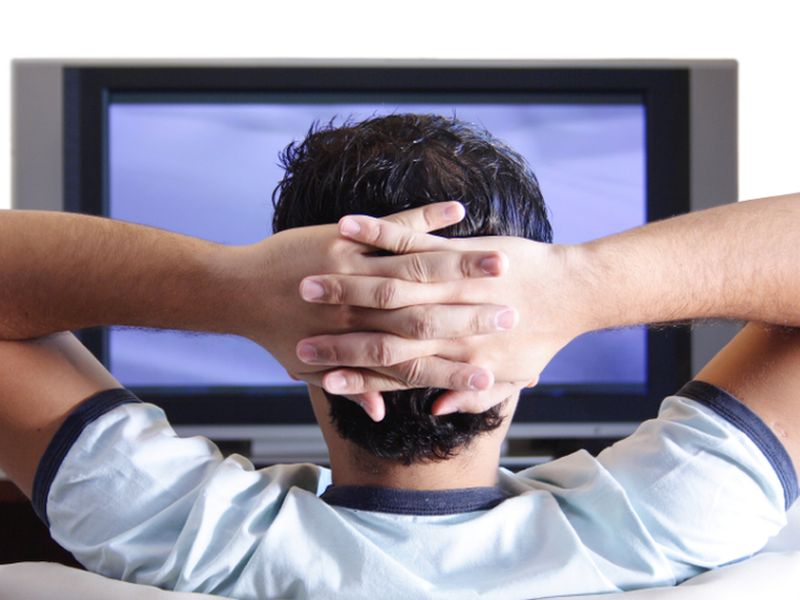I don’t often write about diseases but when you have a fatty liver the Liver will not function properly and you will continue to add fat. It’s important that if you want to lose body fat, you have to understand how your Liver works. People with a large waistline will generally have a Liver that’s saturated with fat. So Why Should You Care? As your waistline grows, more fat will build up around your vital organs which slows down the functions of those organs like the Liver and the Heart.
Non-Alcoholic Fatty Liver Disease, or NAFLD, is on the rise in the United States thanks to a huge increase in obesity rates over the last three decades. In industrialized countries, 20 to 40 percent of the general population has some form of fatty liver disease, and the chances of its progressing increase with age.
Officially recognized as a disease in the early 1980s, non-alcoholic fatty liver disease perplexed the medical community.
Obese and diabetic patients had elevated liver enzymes and enlarged livers virtually identical to those typically seen in alcoholics, but most of them insisted they were not drinking excessively.
Liver Function Basics
The liver is your largest internal organ. It performs hundreds of functions including:
processing everything you eat and drink
pulling toxins from your blood
fighting off infection
controlling blood sugar levels
helping to manufacture hormones and proteins
Too Much Fat Causes Serious Problems
The liver normally weighs about three pounds. When more than 5 to 10 percent of your liver’s weight is fat, you have a “fatty liver.” While excess liver fat, or steatosis, causes no problems for some, it can cause symptoms of impaired liver function, including:
fatigue
nausea
abdominal pain
yellowing skin or eyes (as in jaundice)
Inflammation that causes scarring is a hallmark symptom of liver injury in advanced non-alcoholic fatty liver disease, which can lead to cirrhosis.
Once you damage your liver, your body lays down collagen to repair it. Fibrosis or thickening of the liver tissue then ensues.
As the non-alcoholic fatty liver disease progresses, about 10 percent of cases will develop over the next ten years into the much more serious NASH, or nonalcoholic steatohepatitis.
NASH can lead to:
cirrhosis or hardening of the liver
liver failure
liver cancer
death
Diagnosis of Fatty Liver Disease
An accurate diagnosis of non-alcoholic liver disease is the first step towards treating this, sometimes, serious health condition. Your physician will usually diagnose fatty liver disease by:
administering tests to detect elevated liver enzymes
ordering an ultrasound to determine if you have an enlarged liver
performing a liver biopsy to determine whether you have NASH or simple fatty liver
Common Characteristics of NAFLD Patients
Though the exact causes of NAFLD are not known, patients have some pre-existing conditions in common, including:
obesity
type 2 diabetes
have metabolic syndrome diagnosis
What’s more, the severity of NAFLD increases with the degree of obesity, and abdominal or belly fat seems to increase the risk of dangerous NASH, even in patients with a body mass index (BMI) in a normal range.
What you eat and the nutrition it provides contribute to the onset, progression, and treatment of NAFLD.
Dietary factors that increase your risk include consuming:
a high-calorie diet
a diet rich in hydrogenated oil (trans fats)
too much protein from animal sources, resulting in a high intake of saturated fat and cholesterol
too many beverages sweetened with high fructose corn syrup
Dietary factors that reduce your risk of NAFLD include:
consuming fewer calories
eating protein from whey or vegetable sources, instead of from meat and cheese
losing 3 to 10 percent of your bodyweight
adding fiber, green tea, and coffee to your diet
Slowing down Liver functions is very dangerous to your health and is the biggest reason that a heavy person will keep getting heavier. Look for my podcast by searching “How Bad Do You Want To Lose Weight” on the podcast app that you use. You’ll see a piece of my book cover.
If you really want to lose your body fat look for my e-books at the websites listed below. You'll get information on Healthy eating, exercise, and diet. Instead of spending hours on the internet reading dozens of posts, you can save time by picking up one of my e-books.
There are two e-books. “How Bad Do You Want To Lose Weight?” is available at all the online bookstores selling for $3.99. Go to any of the websites below and search the title to find my e-book. This book gives you all you need to lose weight without spending money on gym memberships, diet plans, or meal plans. Look for my book. at Amazon.com, bn.com, iBooks, Kobo.com, Scribd.com, or Gardner Books in the U.K.
My new e-book is available on Smashwords.com and other online bookstores. Just type “getting to a Healthy Weight” in the search box at the top of the home page.











